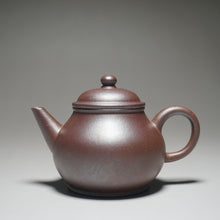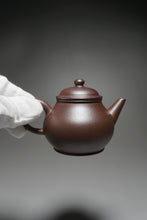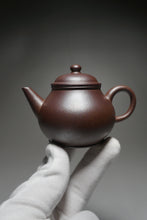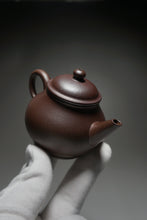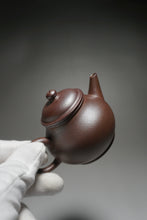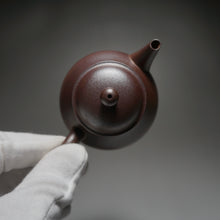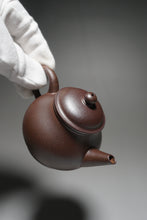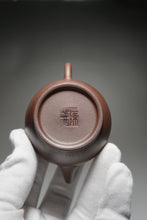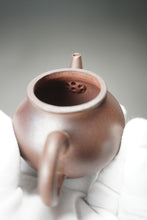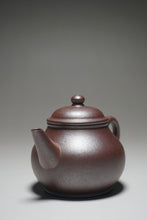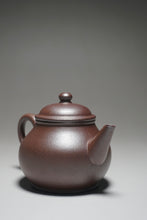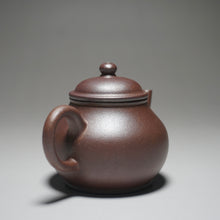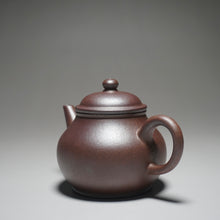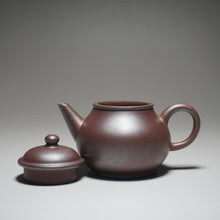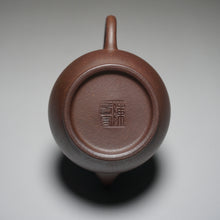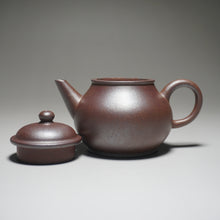
Volume: Approximately 110ml
This teapot was made of original ore lao zini (old purple clay) mined from No. 4 Mine in Huanglongshan Yixing. It has been aged for 8 years. This clay is very versatile and is good for use with most kinds of tea. Click here for more information on zini and tea pairing with Yixing Teapots.
These teapots were fired using the old-fashioned method - protected in a clay box while firing in a wood kiln. Unlike our ash-glazed wood fired teapots, these are "Raw Wood Fired," they have been fired from start to finish in a wood kiln, without any initial firing in an electric or gas kiln. The teapots are protected in a clay box during firing, preventing the heavy wood ash to form on the surface of the clay. Firing the teapots in this way gives the clay a different character and appearance from both electric or gas fired Yixing Teapots or our other ash-glazed wood fired Yixing Teapots.
You can learn more about our Wood Fired Yixing Teapots here:
https://www.mudandleaves.com/blog/wood-kiln-yixing-teapots
This pot is known as "half-handmade" as the sculptor uses a molding tool to shape the body, and uses his hands for the handle, spout, holes, and smoothing out the body. In fact, no machine was used in it's shaping as the use of the tool is entirely manual.
You can read more about half handmade teapots in our blog entry here.
This teapot was made by Lin Hanpeng and Chen Chunhong Studio. The stamp at the bottom of the teapot may vary from that shown in the photos. The teapot stamp may have the mark of Lin Hanpeng, Chen Chunhong or the mark of Mud&Leaves in Chinese Characters: 泥葉堂。 All three stamps are used exclusively in connection with Lin Hanpeng and Chen Chunhong Studio.
Preparation Before Use
Yixing Teapots should be prepared before using the first time. This is called "opening the pot". It removes the dust from firing the teapot.
We recommend rinsing the teapot under warm water two or three times, then filling the teapot with boiling water and emptying it out two to three times. After this the teapot is ready for use.
















